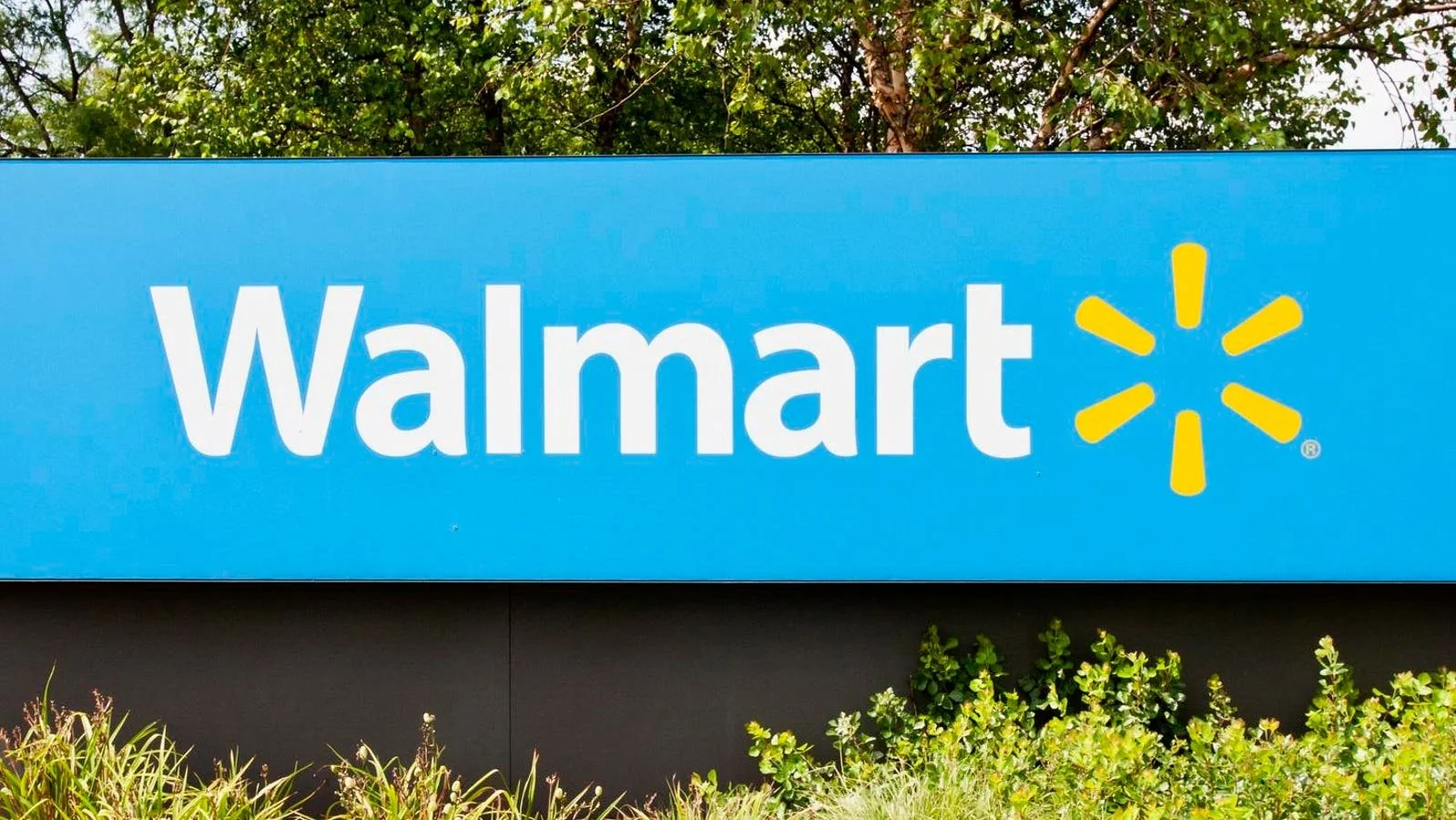In a surprising turn of events, Walmart has announced the closure of all its health centers and telehealth services, marking a significant retreat from its ambitious expansion into healthcare. This decision affects 51 clinic locations across Arkansas, Florida, Georgia, Illinois, and Texas, although Walmart’s 4,600 pharmacies and over 3,000 vision centers will remain operational.
The closures come after a challenging period marked by increasing operating costs and a complex reimbursement environment that have made it difficult for the company to sustain a profitable healthcare business model.
Despite previous plans to double its clinic footprint, the retail giant found itself grappling with a healthcare system that is not only expensive and complicated but also deeply entrenched with various stakeholders including doctors, insurers, and drug manufacturers.

Rapid Expansion Meets Harsh Realities
Introduced in 2019, Walmart Health aimed to leverage the retail giant’s massive scale to offer affordable healthcare services integrated next to its big-box stores.
Initial offerings were competitively priced, with services like $30 annual check-ups and $25 adult teeth cleanings, reflecting the company’s commitment to its slogan, “Save money, live better.”
However, the rollout of new clinics was slower than anticipated, hindered by high executive turnover and significant challenges, such as maintaining stock and staffing during the COVID-19 pandemic.
Competitive pressures also increased with rivals like CVS Health, Walgreens Boots Alliance, and Amazon entering or expanding in the healthcare market. For instance, Amazon enhanced its healthcare footprint with the acquisition of One Medical for $3.9 billion last year.

Competitive Dynamics and Industry Challenges
The healthcare industry has seen a mix of expansions and contractions among major players. Walgreens, for example, recently announced the closure of 140 of its VillageMD primary-care clinics in a bid to enhance the profitability of its health division. This follows a nearly $6 billion write-down on the value of VillageMD due to underwhelming performance.
Meanwhile, Amazon’s acquisition of One Medical signifies a deepened commitment to healthcare, contrasting sharply with Walmart’s current strategic pullback. This divergence highlights the varying success rates of retail giants trying to integrate healthcare solutions into their service offerings.
$WMT $SPX
Walmart to shutter health centers, virtual care service in latest failed push into health care 🚨Walmart said it will close all of its healthcare clinics across the country, a stunning reversal of its plans to bring its low-priced reputation to the dentist and doctor… pic.twitter.com/uHovxwwmFa
— Uttam (@UttamMarketJ) April 30, 2024
Looking Ahead: Walmart’s Strategic Shift
Despite the closure of its healthcare clinics, Walmart is not stepping away from all health-related services. The company will continue to operate its extensive network of pharmacies and vision centers. Additionally, the company remains committed to fulfilling the scheduled appointments at its clinics until they officially close and is actively helping patients find alternative high-quality providers within their insurance networks.

This pivot reflects a broader trend among retail giants recalibrating their healthcare strategies in response to operational challenges and market dynamics. As Walmart returns to its core services, it leaves behind a chapter marked by ambitious goals and tough lessons in the complex world of healthcare.
Walmart’s journey into healthcare was a bold move to bring affordability and accessibility to the sector. While this chapter closes, it underscores the intricate balance companies must manage between expansion ambitions and operational realities in the ever-evolving healthcare landscape.










